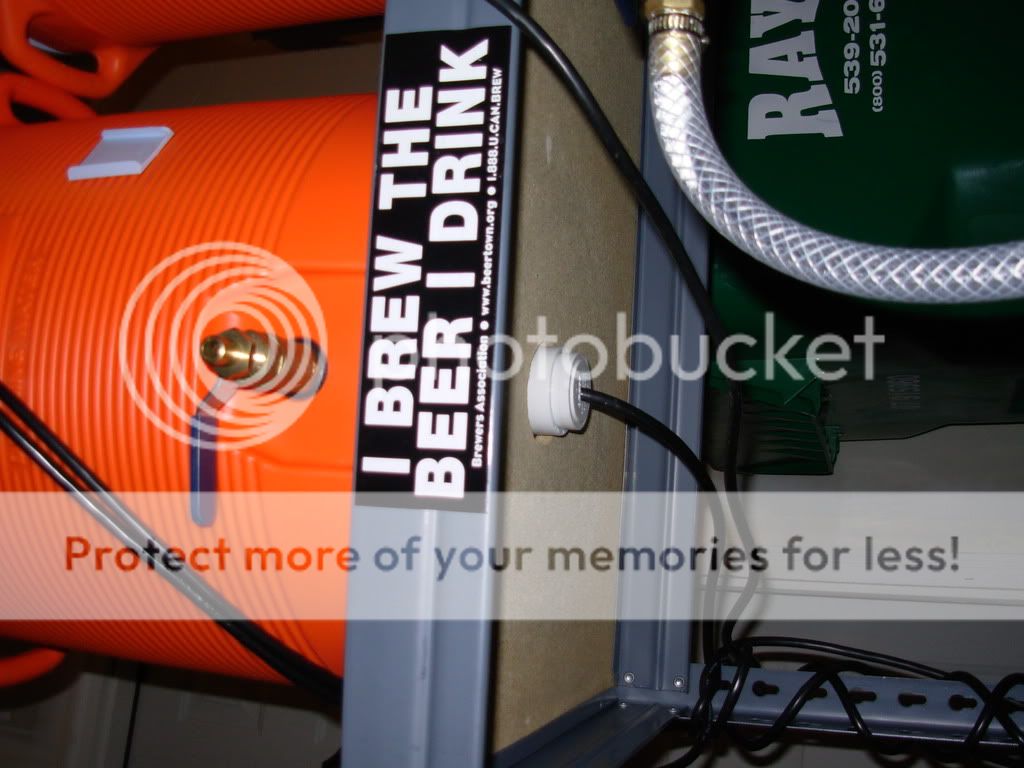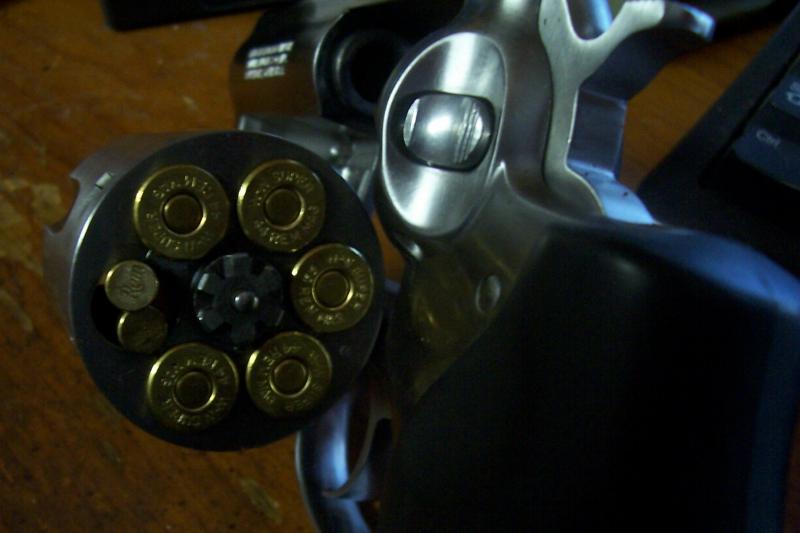The Pol
Well-Known Member
- Joined
- Feb 12, 2007
- Messages
- 11,390
- Reaction score
- 117
Thanks guys...
I only hope that my new build will be half as successful. Hopefully I can get this nest of wires and electronics set up to make wort. The Brew Beast proved a few concepts for me and helped me to nail down my process so that I could then concentrate on the fine points.
I am glad to help support you guys build and operate this rig, even though mine is gone.
I only hope that my new build will be half as successful. Hopefully I can get this nest of wires and electronics set up to make wort. The Brew Beast proved a few concepts for me and helped me to nail down my process so that I could then concentrate on the fine points.
I am glad to help support you guys build and operate this rig, even though mine is gone.






